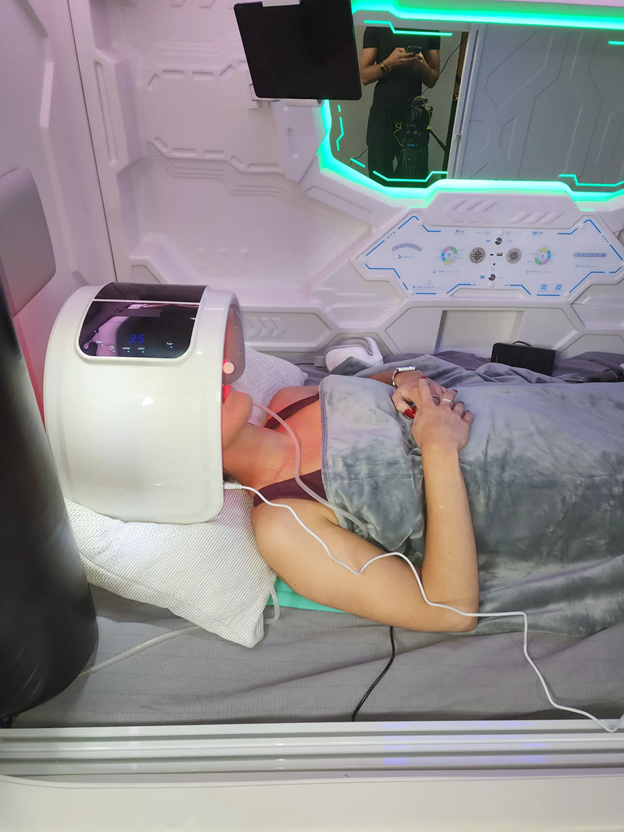
Pulse Oximetry
Many people have no idea what pulse oximetry is. It is actually a very important test which measures the level of oxygen in our body. More specifically, it shows the oxygen saturation in our blood.
This type of test has wide usage, in hospitals, doctors’ offices and even at home. It’s performed by using a simple small device called an oximeter, which is attached to the finger, ear or toe. The process in not painful at all.
Perhaps the most commonly used type of oximeter is the one attached to the finger. In fact, you can read plenty of facts about fingertip pulse oximeter and all the other types, on the internet.
Here is what you need to know about pulse oximetry.
Table of Contents
Uses
As mentioned above, it is used to measure the percentage of oxygen which is transported from the lungs to all body parts via the hemoglobin in blood. The normal levels are from 95 to 100 percent. Any percentage below or above this one, is a sign of a health problem and should be checked immediately.
This test is mainly used to recognize and monitor diseases like asthma, sleep apnea and similar respiratory or heart diseases. People who suffer from these conditions, often experience loss of breath and chocking which can even result in fatal consequences.
Apart from this, pulse oximetry is used after surgeries to check if the patient’s levels of oxygen have come back to normal, as they drop under the influence of anesthesia. It can also show if some physical activity or sport is harmful for us to do. In addition, it determines the efficiency of respiratory medications and helps in determining whether a person needs supplemental oxygen.
Method of work
Oximeters are devices which use both red and infrared light in order to measure oxygen saturation levels. They are attached to body parts where there is a good flow of blood and one side emits red and infrared light, while the other side intercepts it.
The red light is absorbed more by the hemoglobin which is saturated with oxygen. Conversely, the infrared light is absorbed by the hemoglobin which doesn’t transport oxygen. By comparing the results of both lights, the final saturation level is defined.
When it comes to the body parts where oximeters are attached, the finger device is mostly used. It should be carefully placed on the finger, not too tight or too loose, as it might show wrong results. The person shouldn’t feel pain, just a slight pressure.
It can also be attached to the earlobe following the same method. The toe and foot measurement is usually applied with newborn babies, as their fingers and ears are too small for placing a device.

Possibility of wrong results
Pulse oximeters are definitely one of the most accurate devices. Visit this page to read more about their accuracy. However, there is a possibility to show inaccurate results just in the following cases.
You shouldn’t wear nail polish when doing the test, as it absorbs the red and infrared light, preventing it to reach the hemoglobin. Don’t forget to remove the nail polish prior to the test.
Another thing which causes false results is the sunlight. If the oximeter is directly exposed to sun rays or a light bulb, it won’t perform the measurement correctly. Therefore, always choose a place which has enough sunlight but not to be directed towards the device.
One more reason for wrongs results is the behavior of the patient. If the patient is fidgeting or trembling, the test can’t be performed until he/she has calmed down. You must keep your hand steady during the process.
Less common limitations to the test are having a cold, your hands being cold or having a very poor blood circulation.
Wrap up
We hope that this article helped you to learn where pulse oximetry is used, in what ways and what can cause inaccurate results.
It’s a really important test for everybody who experiences drop in oxygen levels. Some people do the test when it’s absolutely necessary, but for others oximeters are tools which help them monitor their disease on a daily level.
For some people oximeters are life-savers!






